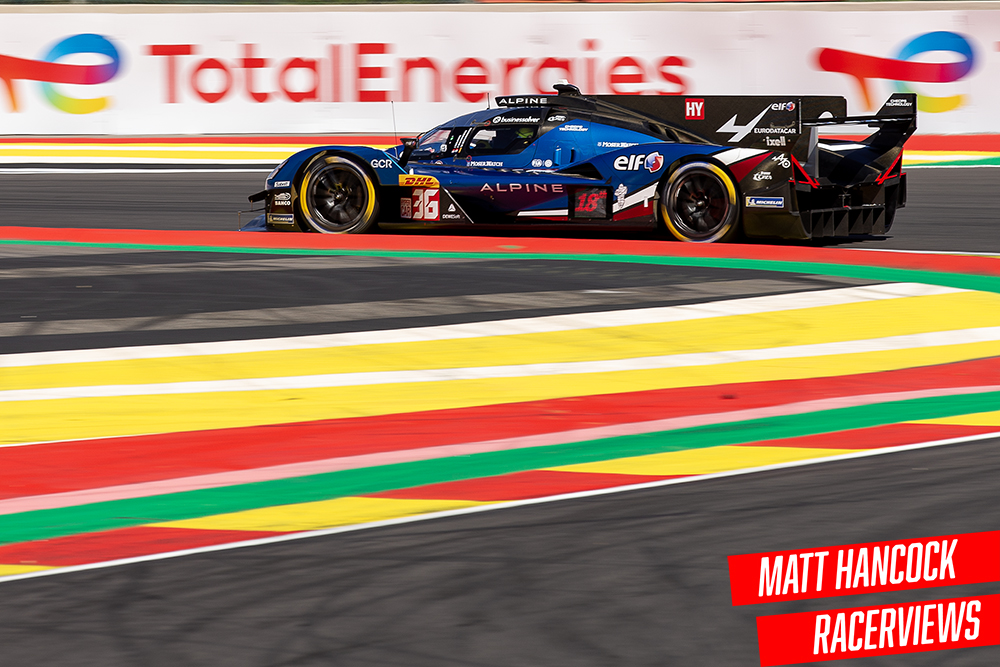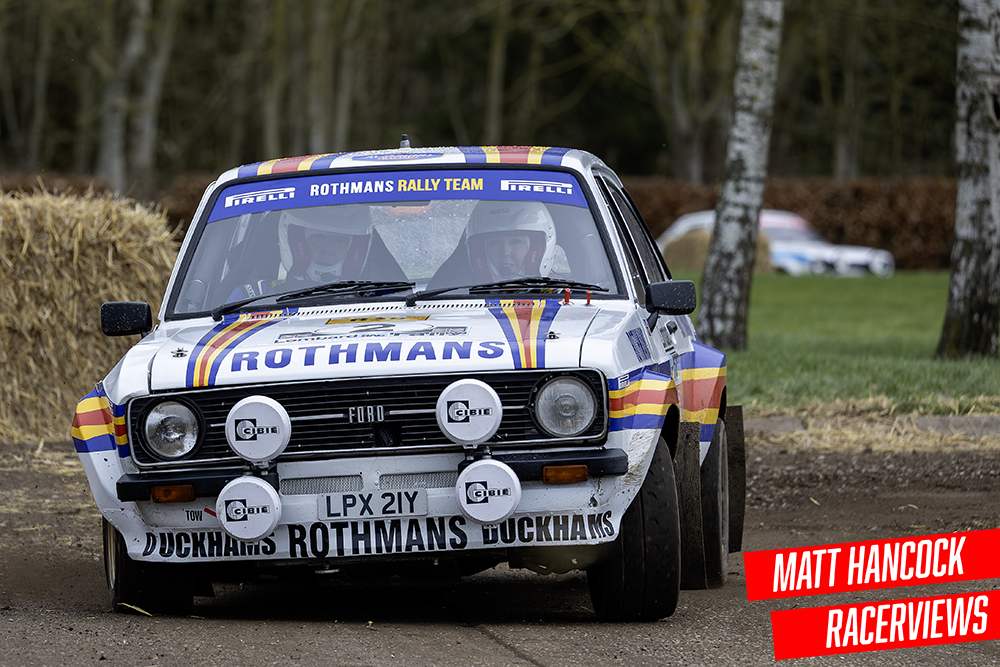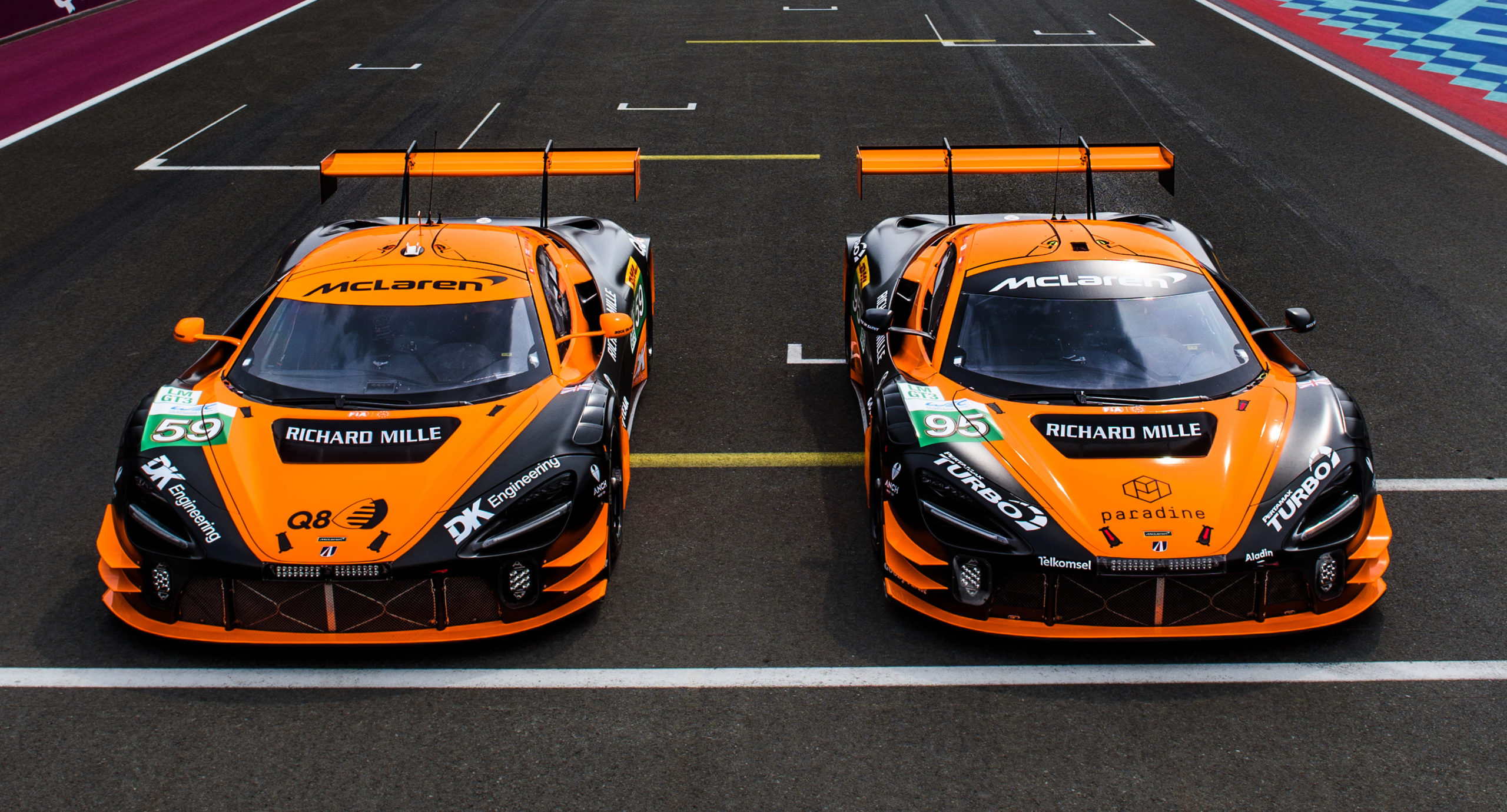The Quiet Intensity of Le Mans Test Days
On a Sunday morning in early June, the Circuit de la Sarthe wakes to a rare hush. The public roads that form its legendary 13.626-kilometre loop are silent, save for the distant hum of generators and the clatter of toolboxes. The French countryside, usually indifferent to the motorsport world, holds its breath. Soon, the air will be thick with the scent of hot rubber and high-octane fuel, but for now, there is only anticipation.
The test day for the 24 Hours of Le Mans is not a race, nor is it a spectacle for the public. It is, instead, a meticulous, almost surgical rehearsal—a chance for 62 teams and their crews to calibrate, to learn, and to adapt. For the engineers, mechanics, and drivers who have converged from across the globe, this is where the real work begins.
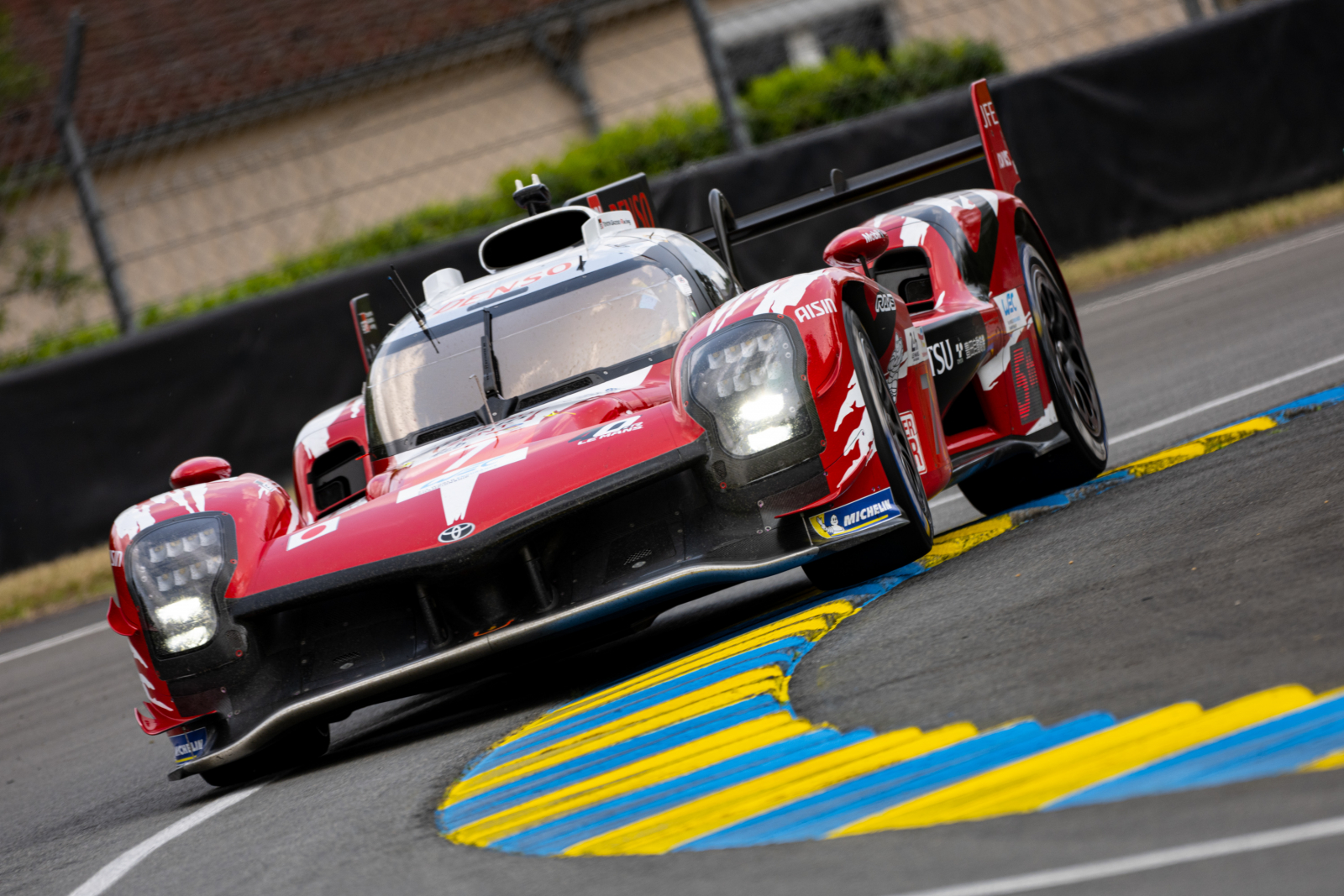
The Ritual of Preparation
Days before the first session, the paddock is a hive of industry. Team members arrive directly from previous World Endurance Championship rounds, their motorhomes and transporters forming a temporary city. The first order of business is to erect working facilities: garages are assembled, data systems are installed, and hospitality suites are readied. The process is both routine and vital, a ritual repeated year after year, but never taken for granted.
On Saturday, the cars are subjected to scrutineering in the heart of Le Mans. The city centre becomes a stage, as prototypes and hypercars are paraded through the streets, their liveries catching the low evening sun. For the drivers, this is a moment of connection with the fans, but also a reminder of the race’s unique place in motorsport lore.
The Test Day Unfolds
At 10:00 on Sunday, the pit lane light turns green. The first car out is the #15 BMW M Hybrid V8, with Raffaele Marciello at the wheel. Teams are cautious at first; each car completes a reconnaissance lap, a gentle shake-down to ensure everything is in working order. Drivers return to the pits, where engineers pore over data and mechanics make minute adjustments. This is a day for methodical progress, not heroics25.
The morning session is cool, with temperatures hovering around 15°C. The track is still green, its surface yet to be rubbered in by hundreds of racing laps. The opening hour is interrupted by a lengthy safety car period, a reminder of the circuit’s unforgiving nature. Teams use the time to test under controlled conditions, validating procedures and systems
As the day progresses, the sun climbs higher, and the track comes alive. The afternoon session is warmer, with track temperatures rising to 35°C. The air is thick with the sound of engines and the whine of pneumatic tools. The teams work through their checklists: tyre comparisons, suspension tweaks, and aerodynamic evaluations. Each run is logged, each lap analysed.
The Human Element
For the drivers, test day is a balancing act. They must learn the car’s limits while conserving themselves and the machinery. “At Le Mans, you get the impression that with four free practice sessions there’s plenty of time, but in fact it’s not as much as you think, because it’s shared between three drivers,” explains Will Stevens, driver of the Cadillac Hertz Team JOTA #12. “Test day is important to give us an understanding of what the car does and doesn’t like about the circuit. We’ve got a good idea, based on previous experience, but every year is different.”
For first-time Le Mans drivers, the test day is especially critical. The regulations require them to complete ten laps, five of them timed, before they can race. The circuit’s mix of public roads and purpose-built sections is unlike any other, and the learning curve is steep. The challenge is not just to go fast, but to understand the rhythm of the track, its bumps, its cambers, and its ever-changing grip levels
The Technical Ballet
In the garages, engineers are the unsung heroes. Their work is invisible to the casual observer, but it is the foundation of every successful race. Data streams in real time from the cars: tyre pressures, suspension travel, fuel consumption. Every detail is scrutinised, every anomaly investigated. The goal is not just speed, but reliability—the ability to last 24 hours without faltering.
Teams like Toyota and Ferrari are at the sharp end of the field. The #8 Toyota GR010 HYBRID, with Sébastien Buemi, Brendon Hartley, and Ryo Hirakawa, sets the pace with a lap of 3:26.246, just half a second ahead of James Calado in the best of the Ferrari 499Ps. Robert Kubica, in the customer Ferrari, is third. The margins are slim, the competition fierce
But test day is not just about the leaders. For smaller teams and privateer entries, it is a chance to find their feet, to benchmark themselves against the factory squads. The atmosphere is collegial but intense, with every team aware that the clock is ticking.
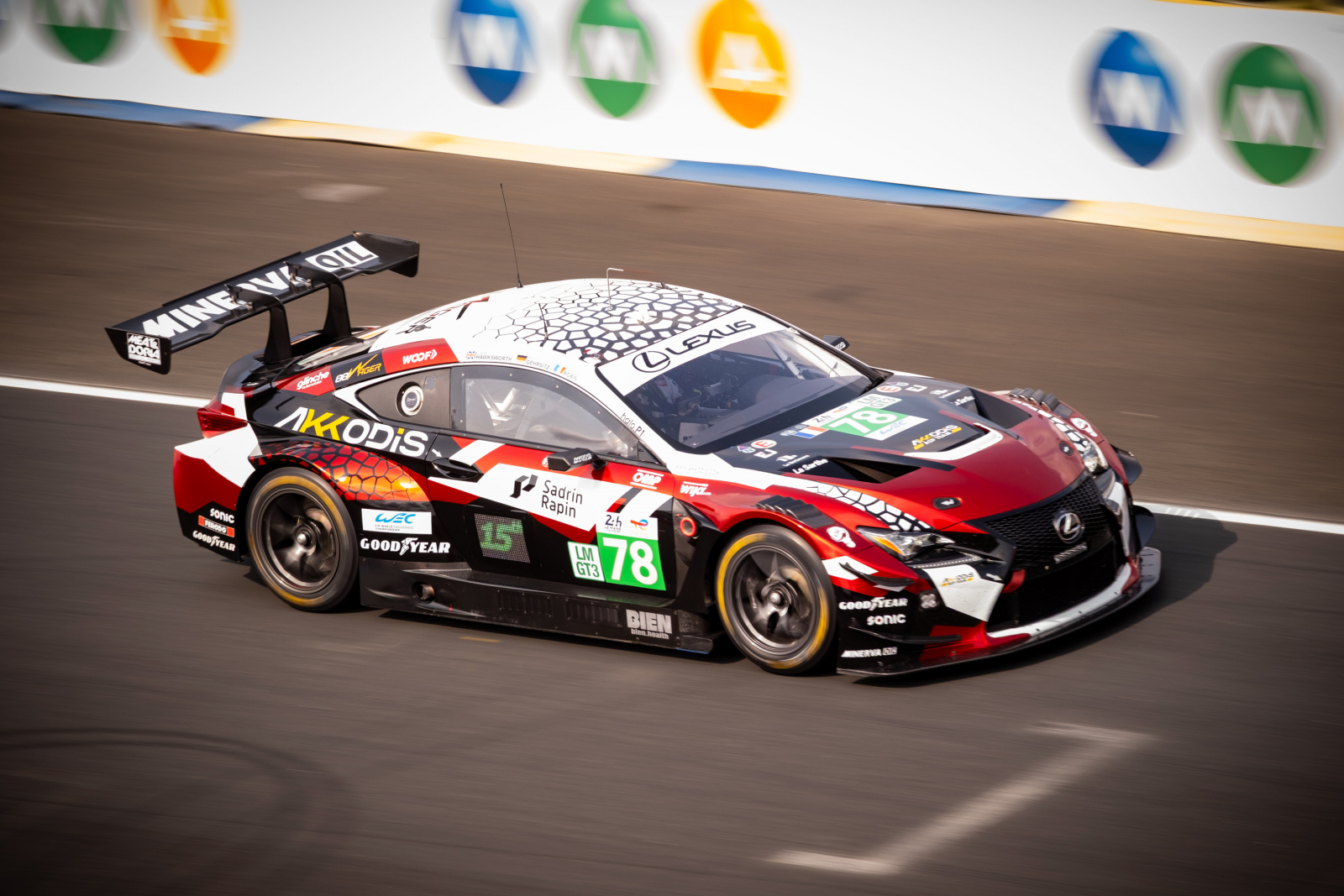
The Unpredictable Weather
The weather is a constant variable. Saturday’s showers give way to sunshine, but the temperatures remain cool in the morning. By the afternoon, the track is hot and sticky, and the cars’ behaviour changes accordingly. Teams must adapt, switching from soft to medium tyres, tweaking suspension settings, and recalibrating their strategies14.
The afternoon session is punctuated by red flags, as cars spin or suffer minor incidents. Each stoppage is a test of the teams’ composure and adaptability. When Sébastien Buemi suffers a puncture, he brings the car back slowly, ensuring no further damage. It is a small drama, but a reminder of the risks that loom over every lap1.
The Bigger Picture
Test day is, ultimately, about more than just speed. It is about understanding the car, the track, and the conditions. It is about building confidence and trust between drivers and engineers. It is about preparing for the unknown—the night, the rain, the mechanical gremlins that can strike at any moment.
For the fans, test day is an afterthought. The grandstands are empty, the TV cameras absent. But for those who know, this is where the race is won or lost. The decisions made here will echo through the 24 hours to come.
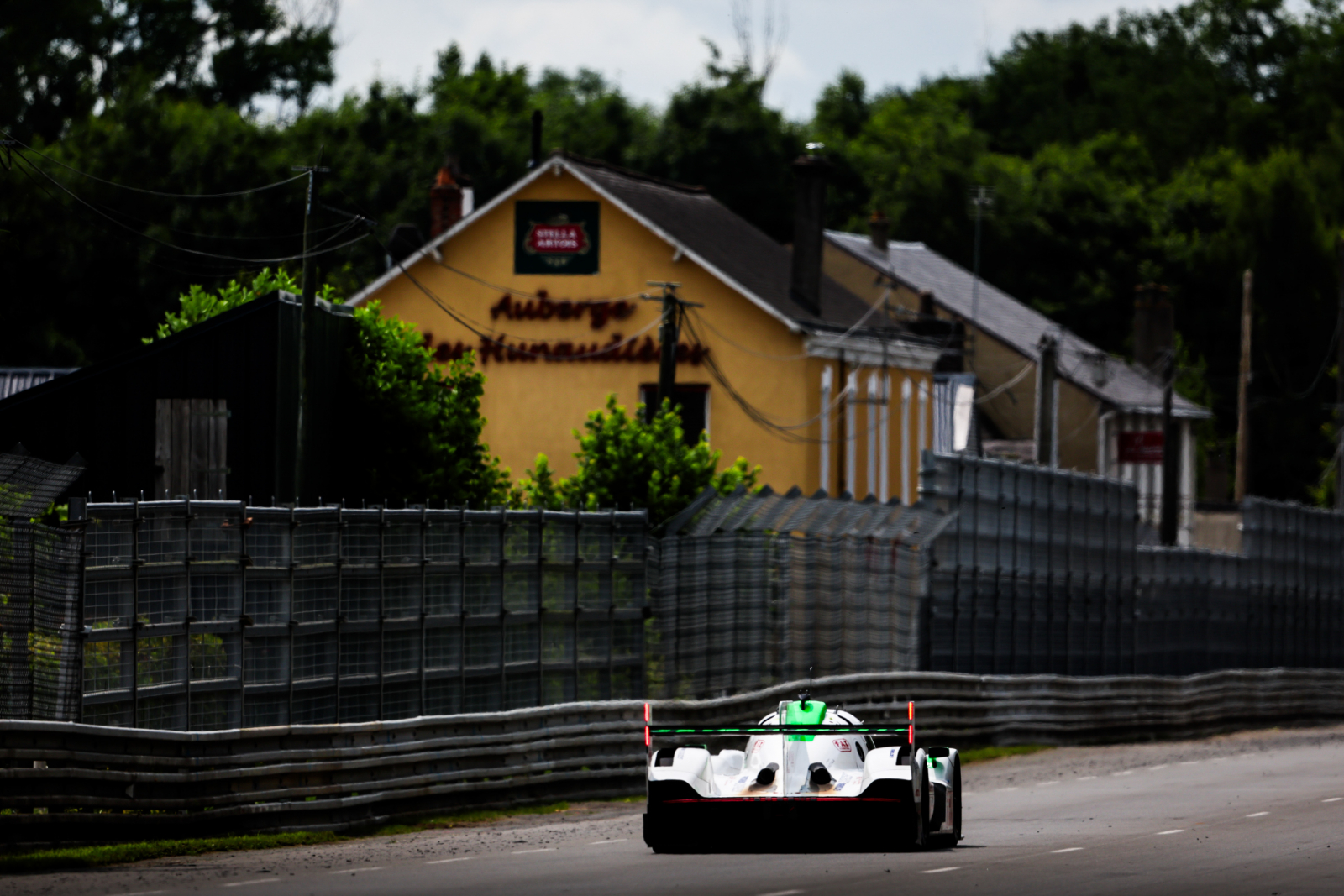
The Night Before the Storm
As the sun sets on the Circuit de la Sarthe, the paddock is alive with activity. Cars are stripped down, parts are replaced, and data is analysed. The teams will not rest until every question has been answered, every variable accounted for.
For the drivers, there is a sense of calm before the storm. They know that in a few days’ time, they will face the ultimate test of endurance. But for now, they can reflect on a day well spent, on the quiet intensity of preparation, and on the knowledge that they are as ready as they can be.
The Legacy of Test Day
The 24 Hours of Le Mans is a race steeped in history, but it is also a race that is constantly evolving. The cars are faster, the technology more advanced, and the competition more intense than ever. But the essence of the race remains unchanged: it is a test of man and machine, of ingenuity and endurance.
And it all begins with the test day—a day of quiet intensity, of methodical preparation, and of the relentless pursuit of perfection. In the world of endurance racing, this is where the real work is done.
Epilogue
As the teams pack up for the night, the Circuit de la Sarthe returns to silence. The cars are tucked away in their garages, the engineers pore over their data, and the drivers rest. The test day is over, but the race is just beginning. In a few days, the world will watch as the 24 Hours of Le Mans unfolds. But for those who know, the real story has already been written—on a quiet Sunday in June, when the circuit was alive with the quiet intensity of preparation.


